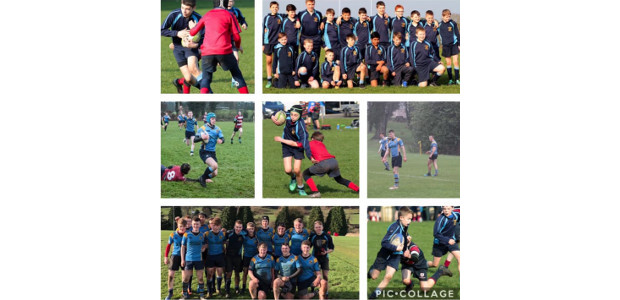Techniques that encourage relaxation in sport competition By Robert Weinberg and Daniel Gould
An elite racket sport player (who had won numerous international championships) sought out a sport psychologist to help her cope with her propensity to panic under pressure-that is, when the score was close at the end of a match. The following is an overview of the relaxation training that sport psychologist (Jones, 1993) provided. Note that this relaxation training method is similar to one that Ost (1988) presented, except that the relaxation response, rather than progressive relaxation, serves as the starting point.
Phase 1
This initial phase involved about 20 minutes of taped instructions in which the athlete generally learned the relaxation response. This included (a) concentrating on breathing, (b) using a mental device (repeating the word one or some other single-syllable word such as ease) on each exhalation, (c) listening to relaxing music, (d) counting down from 10 to 1 on each exhalation, and (e) counting up from 1 to 7 on each inhalation. After two sessions of this form of relaxation in the presence of the sport psychologist, the athlete practiced using the tape at least once daily for the next 2 weeks, finally being able to achieve a deep state of relaxation.
Phase 2
In this phase, the period of relaxation was reduced to approximately 5 minutes. In this version the athlete continued to listen to the taped instructions, but the music was excluded and the mental device of one was changed to relax. In addition, the counting procedure was changed to counting down from 5 to 1 and then up from 1 to 3. The athlete practiced this every day for 2 weeks, using the 20-minute tape twice a week. During the second week, the athlete also practiced the 5-minute relaxation without the aid of the tape. By the end of the second week the athlete was proficient at reaching the desired level of relaxation without the tape.
Phase 3
In this phase, the athlete concentrated on each inhalation and silently said relax to herself on each exhalation. The sport psychologist had the athlete think about various physically taxing, uncomfortable situations (e.g., shuttle runs to exhaustion) in which she was asked to relax as best she could. While she did this, the relaxation technique was reduced to approximately 5 to 20 seconds, requiring four or five breaths. The athlete was now practicing three versions of the original relaxation technique: (a) the 20-minute version used for deep relaxation, but not to be used on match days; (b) the 5-minute version, which was used for gaining composure and could be used on competition days; and (c) the “quick” version, which required only a few seconds and could be used on court to maintain composure.
Phase 4
Through practice, an athlete can learn to use a cue-such as focusing on a piece of sporting technique as much as possible during practice situations and practice matches. The athlete used a cue to trigger her quick relaxation, which was simply to focus on the trademark on her racket and to relax as she walked across court to either serve or receive serve. She then used this technique in competitive matches when she played a poor shot or just before she played a critical point.
Original article HERE







